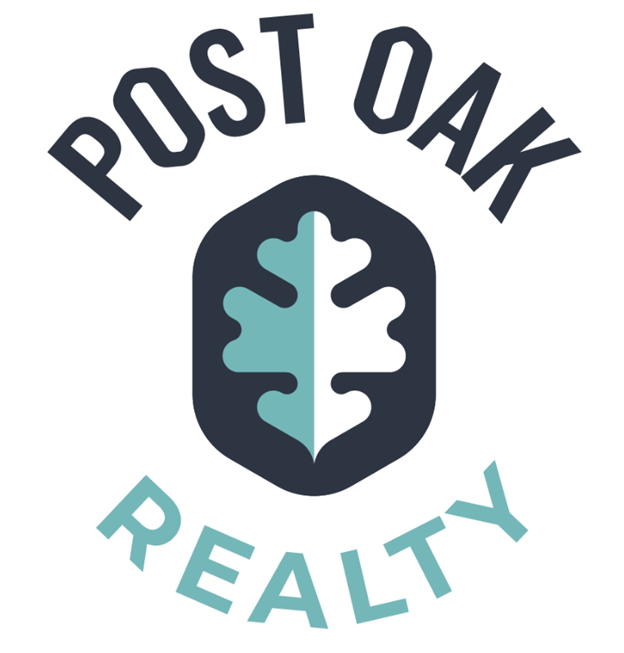Multi-Generational Living: What Are the Benefits and Challenges?
When Maria and José Rodriguez made the heartfelt decision to merge their households with their adult children and grandchildren in Denton, TX, they embarked on a journey brimming with love, laughter, and a few inevitable bumps. The Rodriguez family, already tightly knit, found their bonds strengthened even further under one roof. Maria found immense joy in passing down her family's traditional recipes to her grandchildren, while José relished the opportunity to share his wisdom and life experiences with his children and grandchildren, creating a tapestry of shared experiences and cherished memories.
Undoubtedly, the Rodriguez family faced their fair share of challenges, from ensuring everyone had their own space to navigating different lifestyles and schedules. However, with the power of careful planning and, most importantly, open and honest communication, the Rodríguezes were able to create a harmonious multi-generational home that not only met their needs but also enriched their lives.
If you're considering this lifestyle, here are the benefits and challenges you should know about.
Benefits of Multi-Generational Living
- Cost Savings: Shared housing expenses can significantly reduce financial strain on all family members.
- Family Bonding: Increased opportunities for family bonding and creating lasting memories.
- Care and Support: Easier to provide care and support for aging parents or young children.
- Cultural and Generational Exchange: Opportunity for cultural exchange and preserving family traditions.
Challenges of Multi-Generational Living
- Privacy and Space: Potential conflicts due to lack of privacy or personal space.
- Need for careful planning and design to ensure everyone has adequate space.
- Different Lifestyles and Schedules: Balancing different routines, lifestyles, and preferences within one household.
- Importance of open communication and compromise to address conflicts.
- Financial Strain: Managing shared financial responsibilities and potential disparities in contributions.
- Clear agreements on expenses and financial expectations are crucial.
- Caregiving Stress: Potential for caregiver burnout if one family member takes on most caregiving duties.
- Importance of distributing responsibilities and seeking external support if needed.
Tips for Successful Multi-Generational Living
- Set Clear Expectations: Establish house rules and guidelines to ensure harmony.
- Discuss and agree on financial contributions and household responsibilities.
- Design for Privacy: Create separate living areas or designated private spaces for each family member.
- Use design solutions such as soundproofing, room dividers, or additional bathrooms.
- Foster Open Communication: Encourage regular family meetings to address issues and maintain open communication.
- Use conflict resolution strategies to manage disagreements effectively.
- Plan for Accessibility: Ensure the home is accessible for elderly family members, including features like ramps, grab bars, and step-free entrances.
- Consider future modifications to accommodate changing needs.
- Leverage Community Resources: Utilize local services and resources to support caregiving and household needs.
- Explore community programs, senior centers, and childcare options for additional support.
Multi-generational living can be a fulfilling and practical solution for many families, offering numerous benefits while posing certain challenges. As a licensed realtor with the SRES (Seniors Real Estate Specialist) designation, I understand the unique needs of 50+ and senior clients considering this lifestyle. I can help you navigate the process of finding or creating the perfect multi-generational home here in the Dallas-Fort Worth Metroplex or the Lake Texoma area, ensuring that your family enjoys the rewards of living together while minimizing the challenges. Together, we'll explore homes with ideal designs and floorplans that cater to your family's specific needs, fostering a harmonious and comfortable living environment for all generations.
Contact me today to discuss how I can help your family make the most of multi-generational living!





